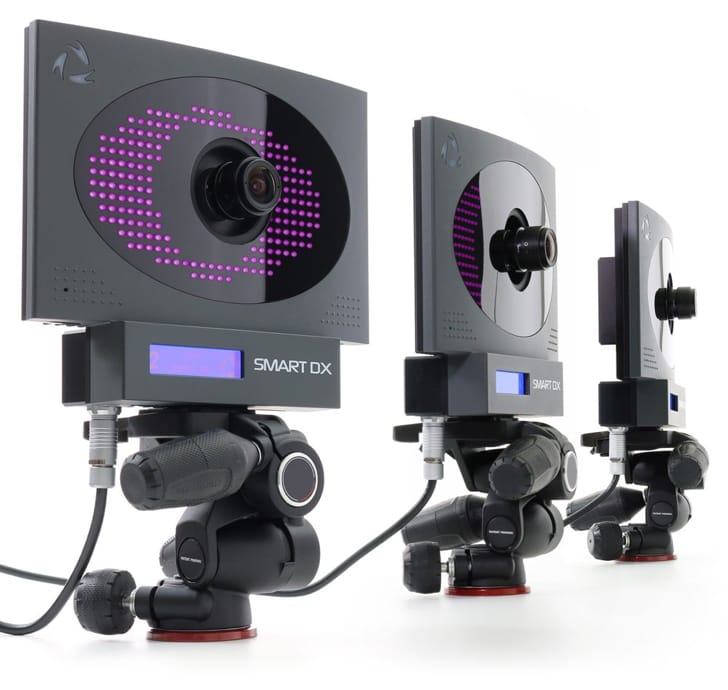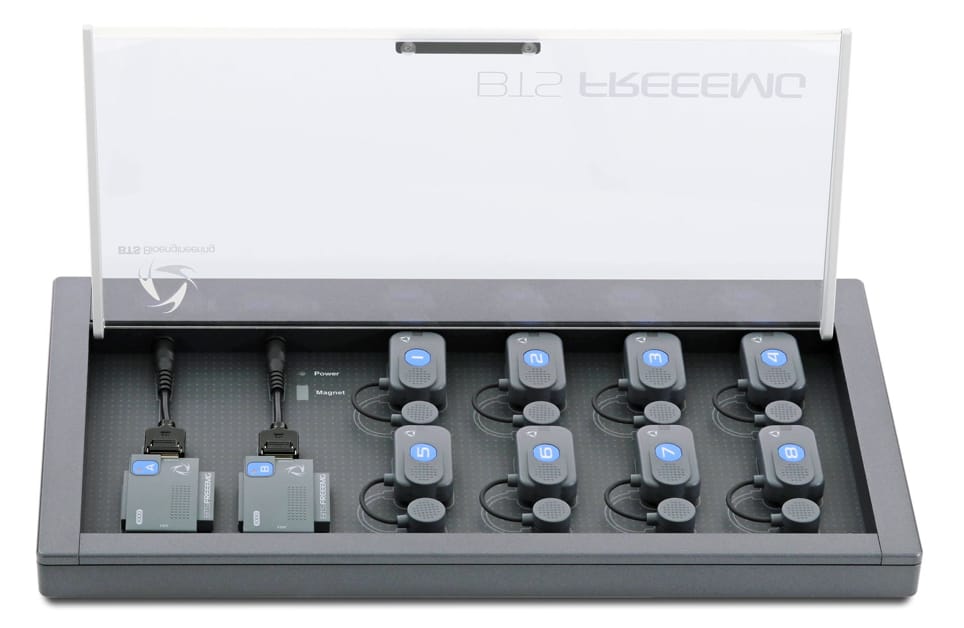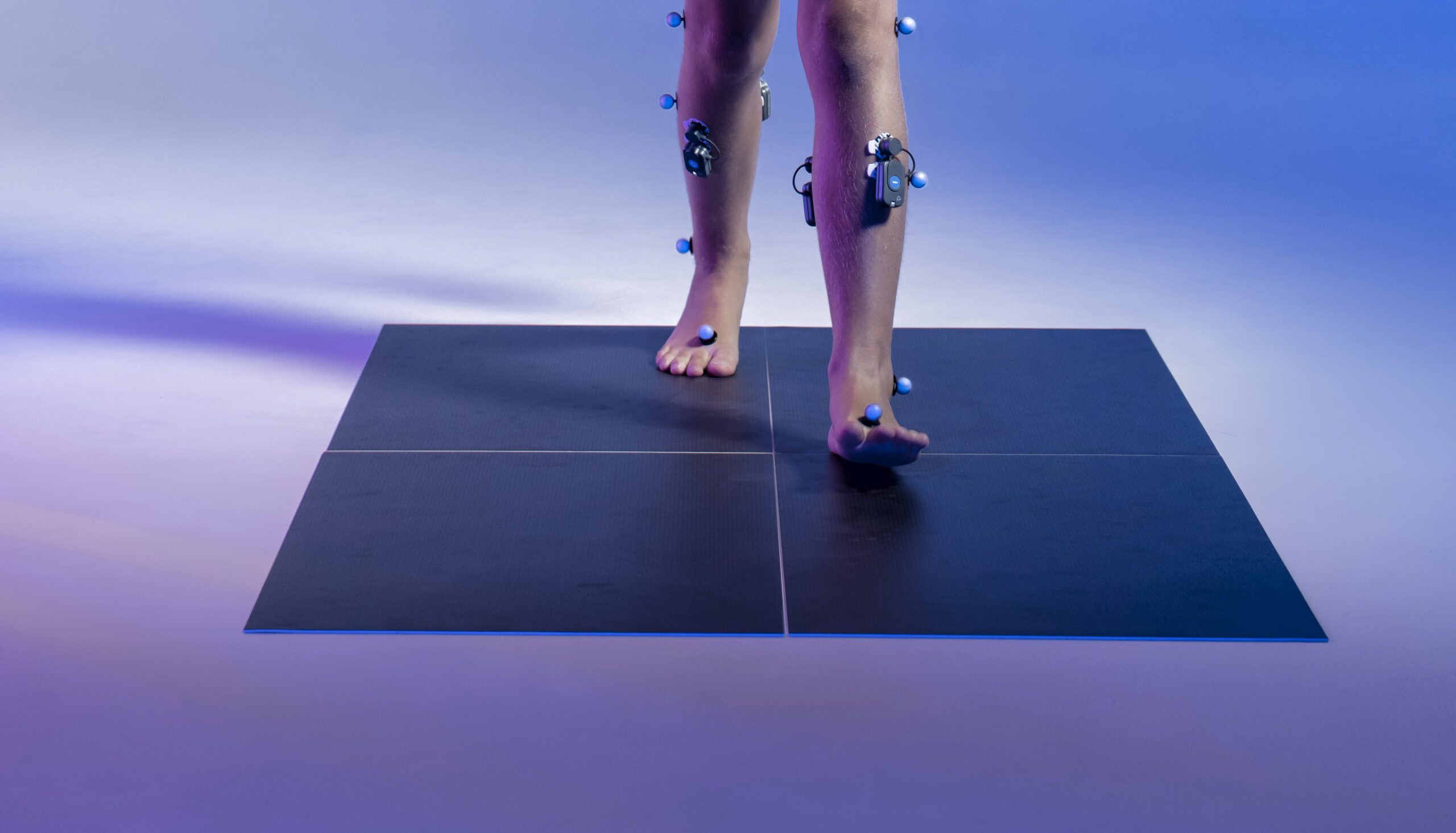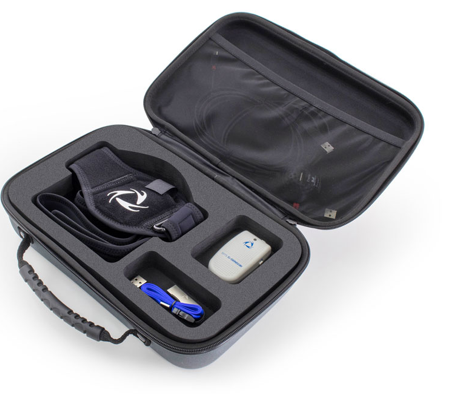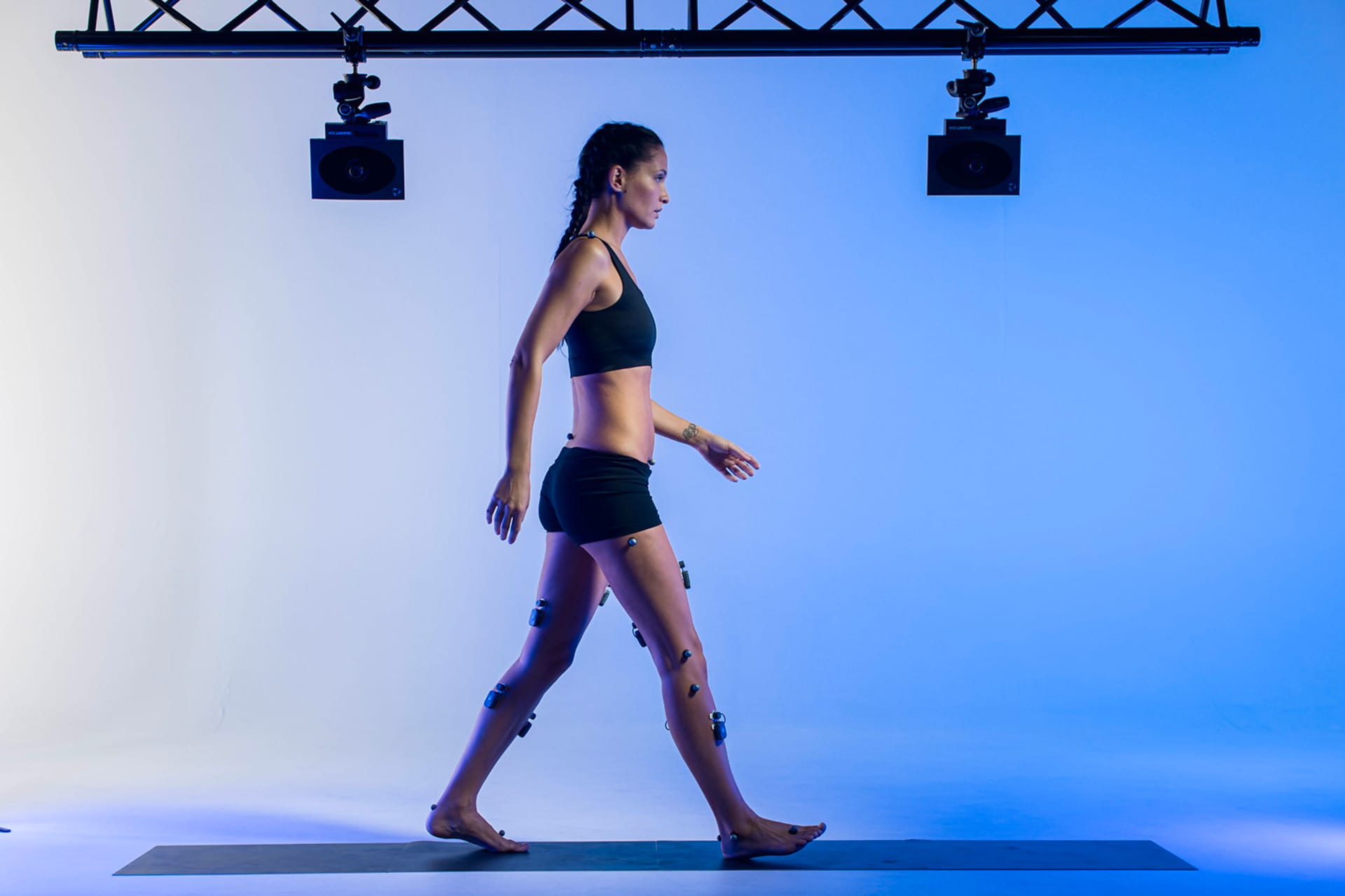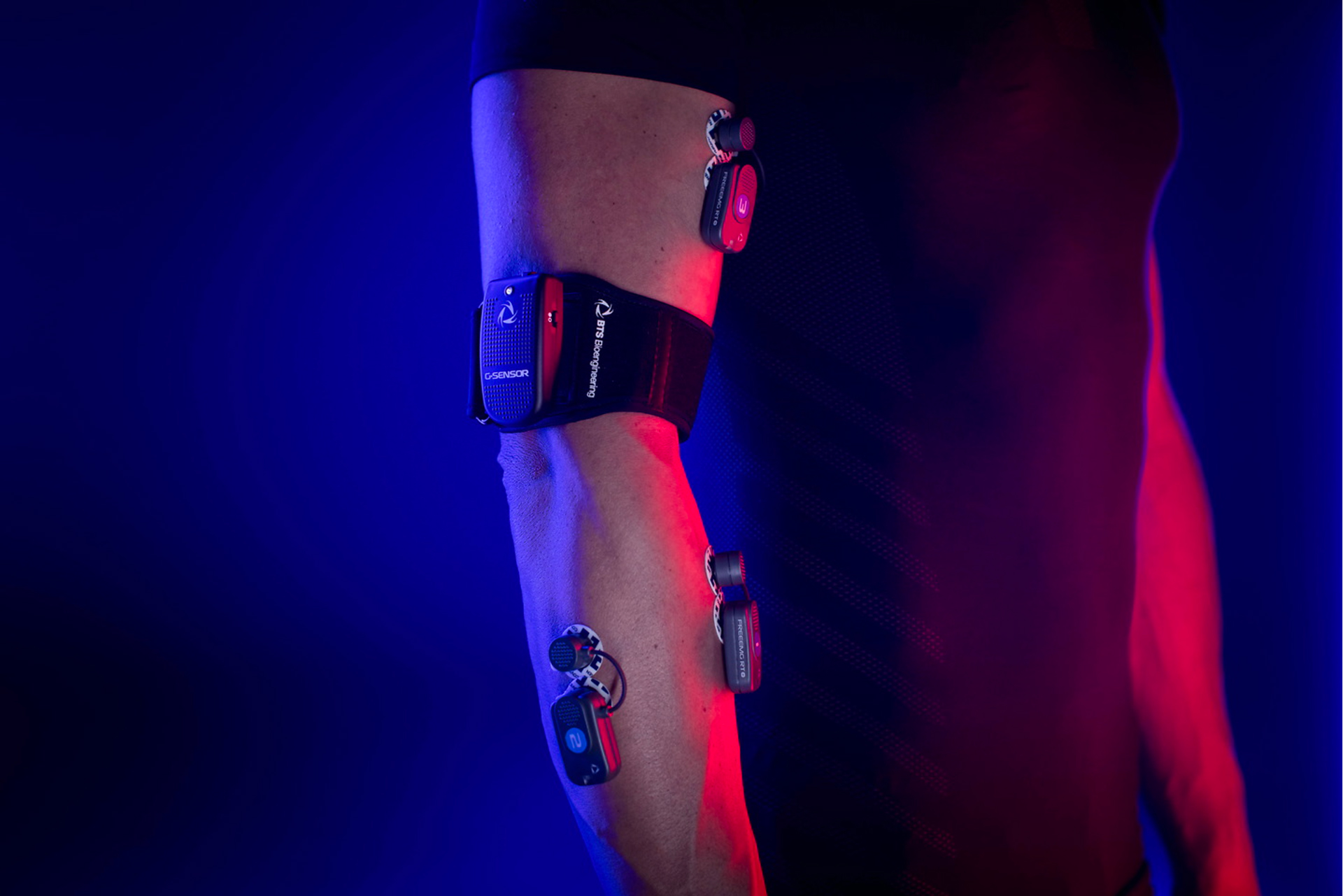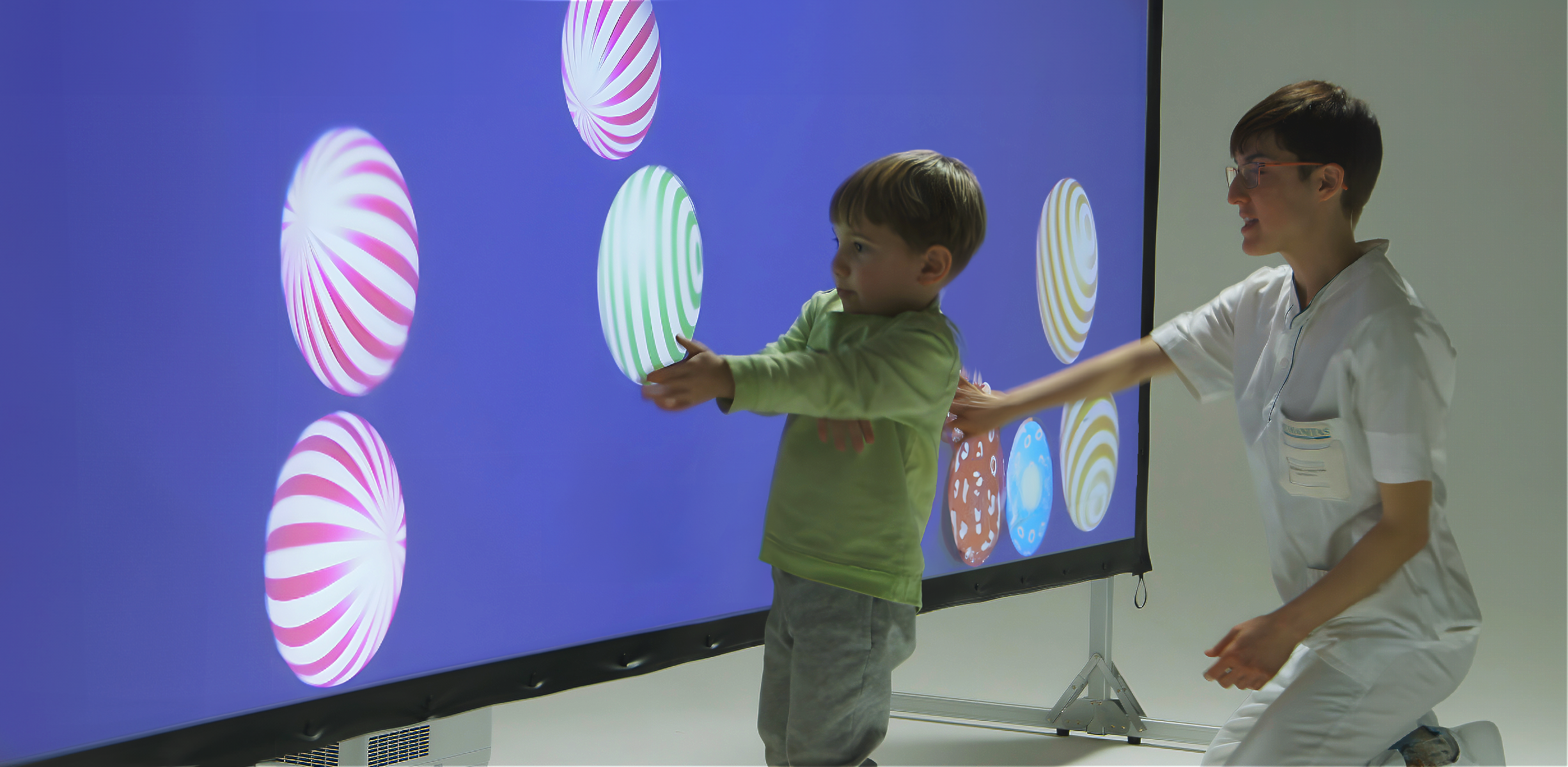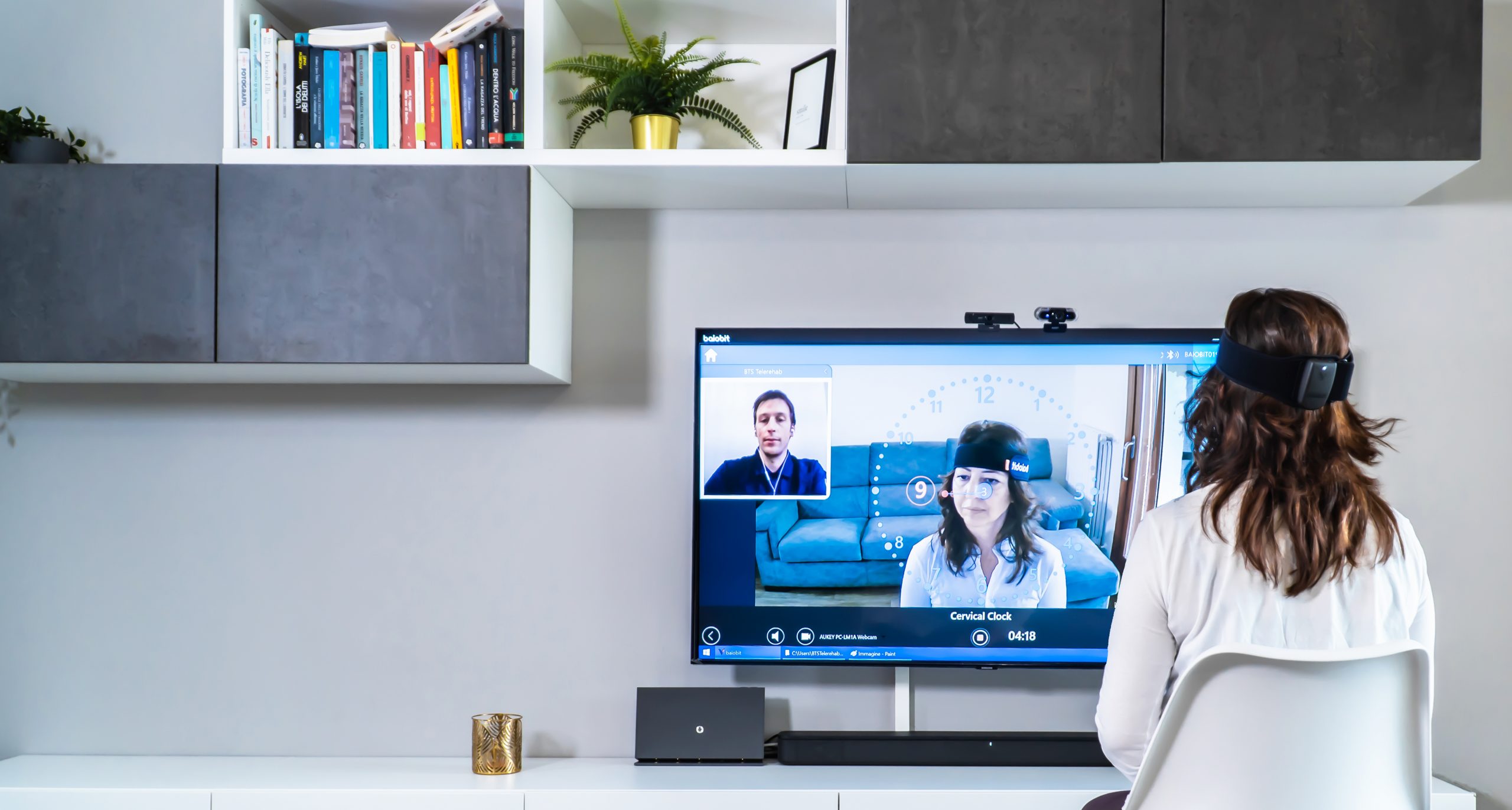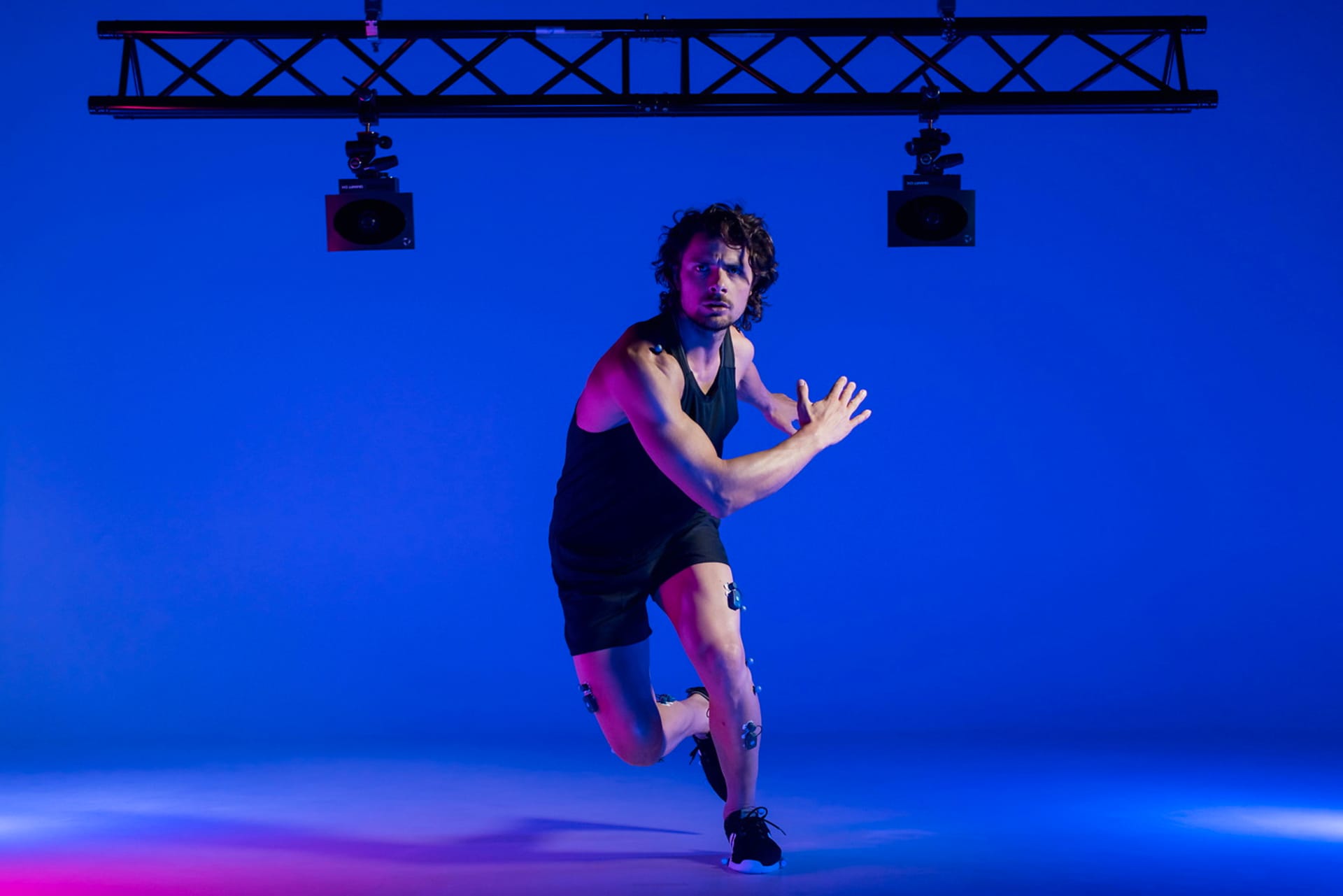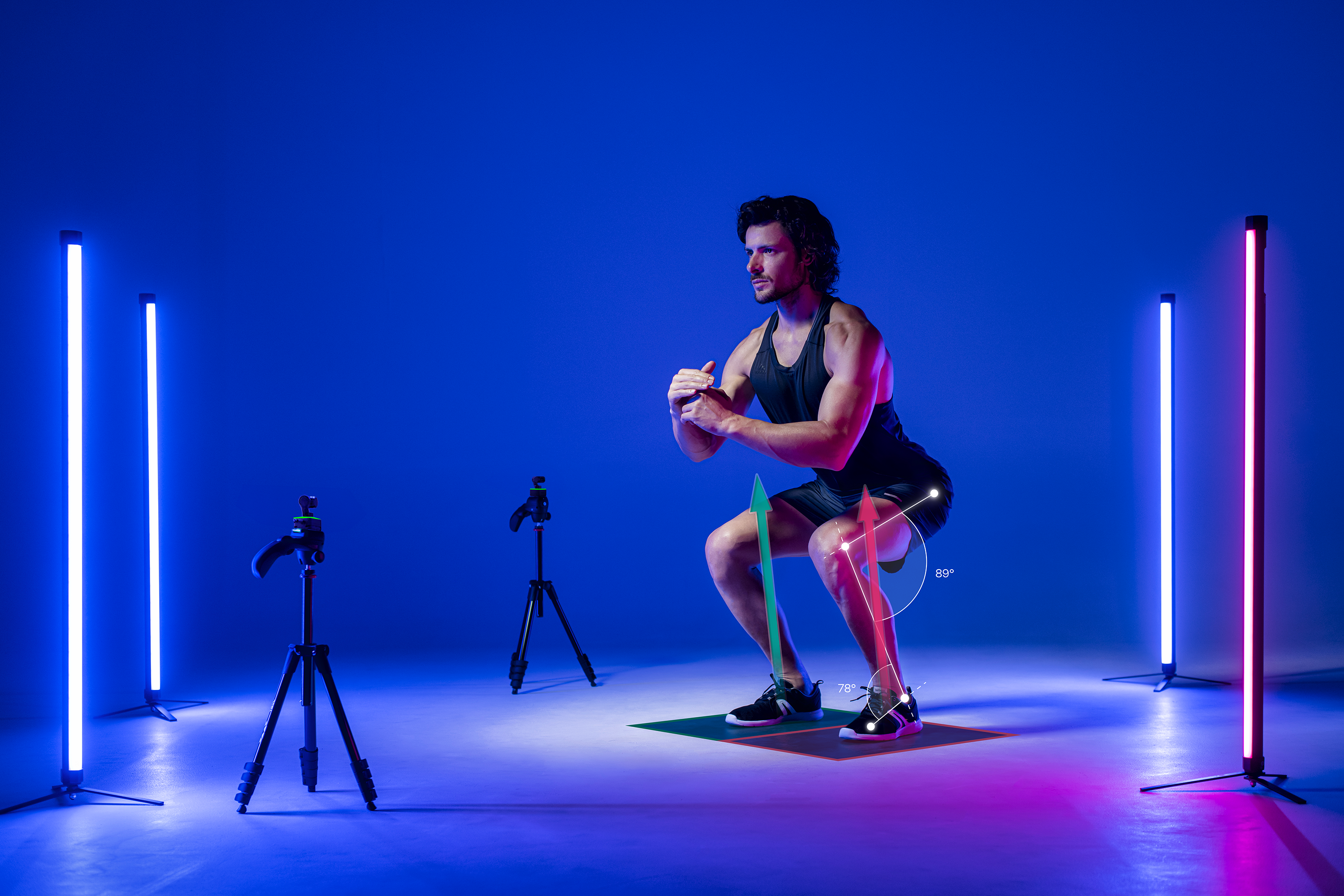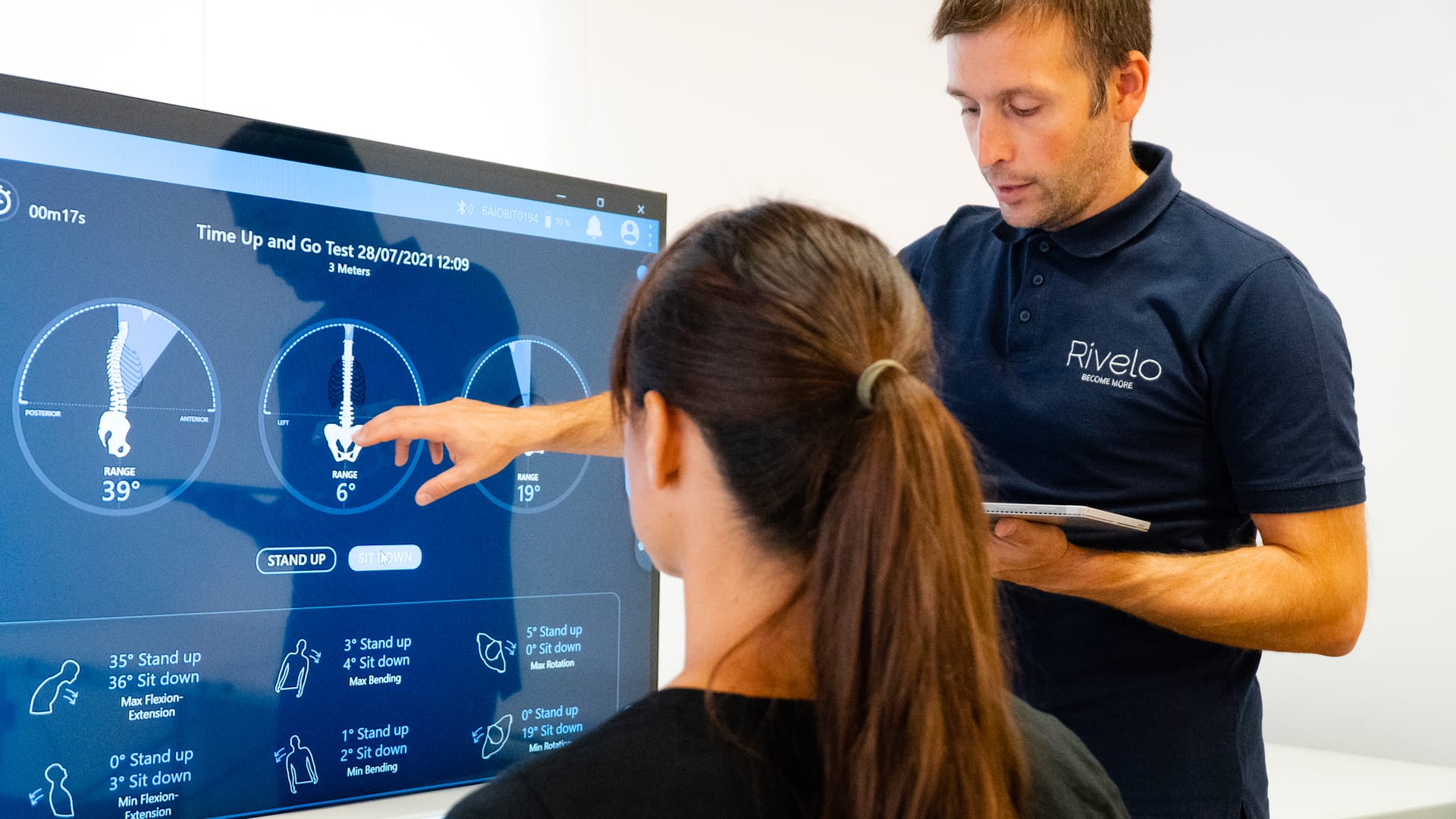New Technologies and Post Covid Rehabilitation

Author: Eng. Alessandro Vagnini
People affected by COVID-19 often have clinical manifestations that can last for several months after recovery from the virus. This is the so-called post Covid condition which usually occurs 3 months after the onset of COVID-19 with symptoms that last at least 2 months and cannot be explained by an alternative diagnosis [1]. Symptoms include fatigue, shortness of breath, cognitive dysfunction and can be classified into three main categories:
• Respiratory
- Motor
- Cognitive
Symptoms’ severity can vary from patient to patient with serious impact on the quality of life of affected individuals [2]. Therefore, post Covid patients require multidisciplinary rehabilitation Interventions aimed at: recovery of motor skills (improving strength, muscular endurance, mobility), lung function, cognitive abilities (attention, memory, executive functions, perception).
In this context, a recent article [3] underlines the importance of defining a personalized rehabilitation path based on patients’ needs. The authors [3] suggest that rehabilitation interventions should be preceded by a comprehensive clinical evaluation.
Only a careful evaluation of the clinical conditions, carried out by a multidisciplinary rehabilitation team, allows an effective rehabilitation program.
Literature reports different clinical scales or tests which, together with the vital signs, evaluate the motor, respiratory and cognitive abilities of post Covid patients [4, 2]. Some evaluation tools are reported below in Table 1.
In recent years, new technologies for patient assessment have coming out on the market. Among these, inertial sensors allow an assessment of the main motor functions, such as:
– Articularity (eg. ranges of motion test)
– Balance and Fall Risk (eg. Timed up and Go)
– Endurance and exercise tolerance (eg. six-minute test)
By the use of the same software, some of these tools allow the performance of cognitive assessments. Therefore, thanks to the combination of inertial sensors and dedicated software exercises, these new technologies allow the instrumental evaluation of both motor and cognitive abilities.
Combining these technologies with tools for the instrumental assessment of respiratory function (eg. Spirometers), and vital signs (eg. Pulse oximeters) it is possible to carry out an objective evaluation of all the main aspects required to define a post Covid rehabilitation program (Table 2).
These technologies can also be used for telerehabilitation that consists in providing remote rehabilitation services at home or in local centers. By using technological support, patients can interface with healthcare professionals to perform remote rehabilitation sessions. The evaluation of the patient’s progress during the rehabilitation process is fundamental and the aforementioned technologies are often used to carry out assessments remotely.
Conclusion
In conclusion, the importance of rehabilitation in post Covid condition is globally recognized. Patients discharge from intensive care units are often transferred to rehabilitation departments. Scientific literature reminds us of the importance of performing adequate assessments to define an effective rehabilitation plan. New off-the-shelf technologies in the rehabilitation market, constitute a fundamental support in patient assessment. They provide integrated, objective information on various clinical aspects.
Furthermore, many non-hospitalized patients have not benefit from adequate rehabilitation. New telerehabilitation tools would allow these subjects to access rehabilitation services directly from home.
References
[1] www.who.int, WHO, A clinical case definition of post COVID-19 condition by a Delphi consensus, 6 October 2021
[2] Fulvia Fichera, Italo Paolini, Fabio Fichera, Francesco Paolo Lombardo,” La riabilitazione fisica nel paziente post COVID”, Rivista Società Italiana di Medicina Generale n. 3 • V. 27 • 2020
[3] AGOSTINI, Francesco, et al. Rehabilitation setting during and after Covid-19: an overview on recommendations. J Rehabil Med, 2021, 53.1: 16501977-2776.
[4] BORGHI-SILVA, Audrey; KRISHNA, Alaparthi Gopal; GARCIA-ARAUJO, Adriana Sanches. Importance of functional capacity assessment and physical exercise during and after hospitalization in COVID-19 patients: revisiting pulmonary rehabilitation. 2021.
